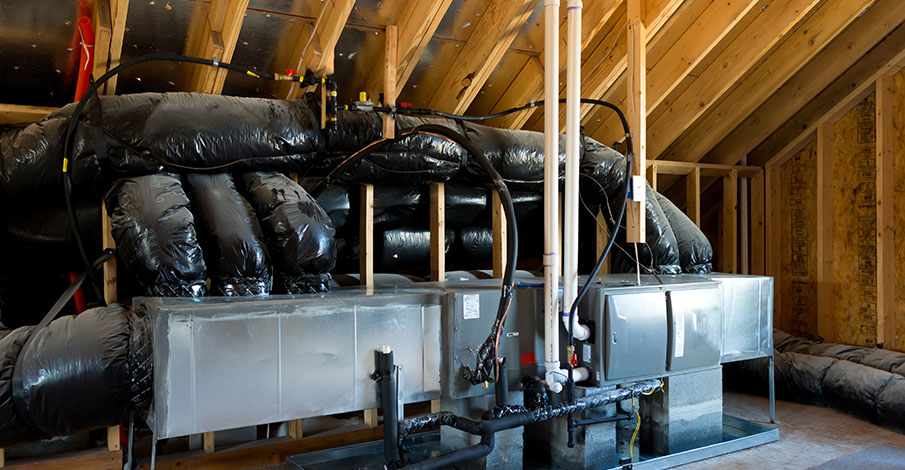Oil furnace just like everything else in your house requires maintenance. Since these are the most preferred choices where the accessibility to natural gas is limited, you are bound to use them during extreme winter seasons to keep your house warm. If you tend to overlook furnace maintenance, you are simply calling for trouble and soon you may need to pay a hefty amount to oil burner repair services for inspection and repairs. Therefore, maintenance is the only way to ensure that your oil furnace keeps working perfectly. Let’s discuss some oil furnace maintenance tips for you to consider.
Look For Signs
When it is time to perform maintenance of your oil burner, you should be looking for signs involving black soot. If you observe that the soot is outside the furnace, it means that the furnace is burning more than just the oil. Furthermore, check the chimney as well for any other signs. If you notice that the smoke from the chimney, while the furnace is on, is black, it could mean that the furnace is not burning the oil properly.
Listen Noises
An oil furnace is made of several mechanical components that come together to produce heat. If you hear any unusual noises or vibrations, you should immediately tend to them. Only a professional will be able to determine the root cause of the problem after thoroughly inspecting it.
Change The Air Filter
Oil burners consist of air filters that are designed to clean the air before it enters the furnace. Air filters will need to change with time. Otherwise, it can become clogged overtime and reduce its performance. Moreover, depending on the furnace you own, you might have to change the air filter regularly. You should consult the owner’s manual in that regard. Furthermore, if you are unsure of how to change the air filter, it is better to call in the professionals. If you have recently changed the air filter, you can clean and reinstall it. Moreover, if you have pets in your home, know that you will be replacing the air filter more often.
Have A Checklist
Oil furnace maintenance comes easy if you were to maintain a checklist. As mentioned earlier, an oil furnace comprises several different mechanical components. You have to keep an eye on them and maintain them to ensure they keep working at their optimum. However, these components are not something you should be dealing with on your own as they might potentially harm you. For instance, the heat exchanger might need cleaning, the flame sensor might need a thorough inspection and the fuel lines might need a thorough detailing. Since HVAC professionals are trained to perform such inspections, we recommend that you call them. A professional will inspect the furnace and inform you of any problems that need to be fixed.
Proper Cleaning
Oil burner cleaning is perhaps the most important when it comes to maintenance. Cleaning your oil furnace once or twice a year or whenever required is going to keep it healthy. If the furnace requires cleaning, you will first need to turn it off and allow it to cool down for a while. Then, use a vacuum cleaner and a soft cloth to clean the dust around the furnace. Dust removal can prevent particles from entering your house and causing allergies. It will just take a few minutes out of your daily routine but will ensure a long-lasting oil furnace.
How Often Should I Clean The Furnace?
The maintenance and cleaning of an oil furnace depend on several factors. If you live in an area that is prone to extreme weather conditions such as snow and dust storms, then it might require multiple services. Make sure to clean the air filter and other important components that might reduce the effectiveness or efficiency of the unit.
Final Word
As this blog reaches its conclusion, you now know everything you will need to know about oil burner maintenance and how to avoid costly repairs. Although it is an easy process, you should not be working your hands in certain areas. Call professional furnace services ronkonkoma and ask for an inspection. It will ensure that your furnace keeps working in perfect condition.



